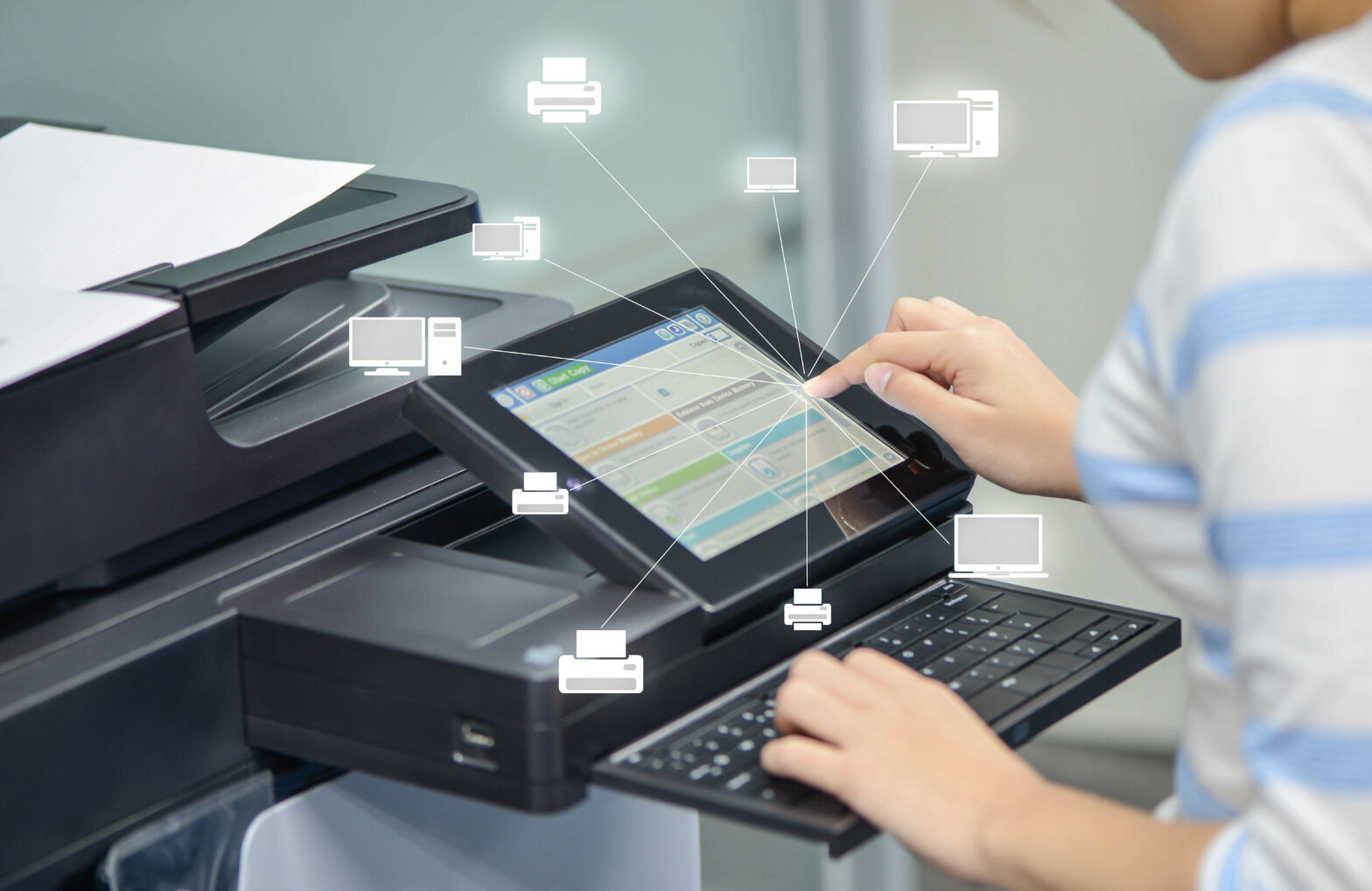2015 saw an unprecedented increase in cases of cybercrime, with The Guardian reporting that more than 7 million online fraud and cybercrime offences were committed over the course of the previous year. This, coupled with the high profile hacking scandals at TalkTalk, Sony and Ashley Madison, serves to highlight the growing risk of cybercrime and the impact it can have on businesses, as well as individuals.
While many businesses have invested heavily in IT security provision in recent years, many fail to identify the security risks associated with operating a wireless printing network. But, as covered comprehensively in an article by Windowssecurity.com, wireless network printers present a number of security issues for businesses, no matter how carefully they risk assess their IT infrastructure.
In light of the threat posed by wireless printers, we’ve covered some essential tips on how businesses can mitigate the risk of a wireless printing network.
Keep your printer’s security software up to date
Modern printers are packed with security features intended to lessen the likelihood of a security breach over your wireless network. Recently, printer giant HP announced the development of ‘the world’s most secure printers’, promising the new security software will render all subsequent hacking attempts completely futile. For such security provision to work at its optimum level however, it’s vital businesses keep tabs on software updates and upgrade the technology where applicable. By performing such updates regularly, it’s possible to keep on top of the latest security threats, so your inhouse machine will never be left vulnerable to incoming attacks.
Staff training and print supervision
While it’s all too easy to blame the technology during instances of corporate data loss, human error and ill judgement should also be taken into consideration. For businesses with a large staff, proper printer security governance must be put in place to protect business assets from printer-related issues. By providing adequate training on proper printing practise and nurturing a considerate attitude to printing in the work place, you’ll effectively lessen the chance of a data breach across your wireless printing network.
Encrypt print job data
There’s no question as to the practical advantages and benefits of wireless printers, but such devices do have their downsides. For instance, many wireless-enabled printers collect a vast amount of previous print job data in plaintext format, something which hackers can easily gain access to. Printing experts, TonerGiant, recommend encrypting print job data so that it cannot be accessed and read by cyber criminals.
They said: ‘While sensitive data and information is secure on your PC or laptop, once it has been sent to print, it will be stored in plaintext format and therefore be incredibly easy to access. Using a robust method of encryption, such as AES (Advanced Encryption Standard), will help to mitigate the risk of sensitive print job data falling into the wrong hands.’
Protect the network with WPA2
One of the simplest ways to manage the risks associated with a wireless printing network is to use WPA2, a security certification program developed by the Wi-Fi Alliance to help users better secure their wireless computer networks. WPA2 offers stronger data protection and bolsters access control, so managerial and IT staff can better monitor, troubleshoot and alleviate any and all incoming cyber security threats.





